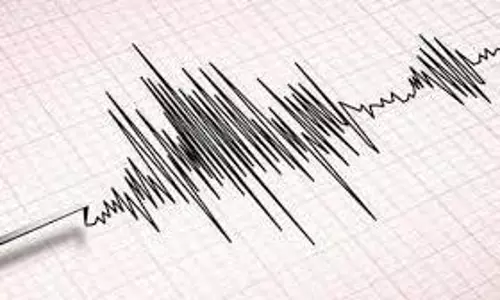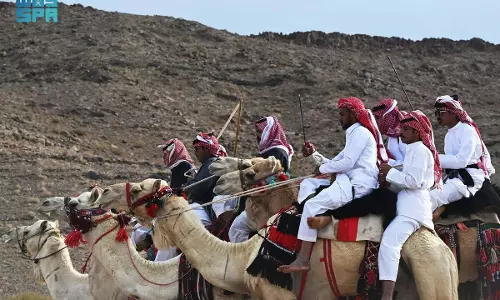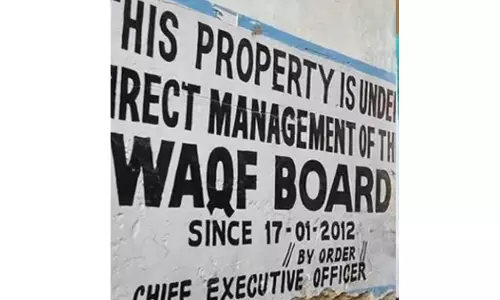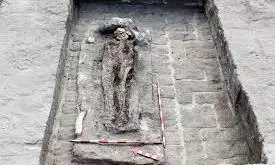
Archaeologists uncover 3,200-year-old tomb potentially linked to Ramesses III
text_fieldsA team of archaeologists has unearthed a 3,200-year-old tomb in northeastern Egypt, which may have belonged to a military commander who served under the reign of Ramesses III.
The discovery was made at Tell el-Maschuta, according to the Egyptian Ministry of Tourism and Antiquities.
The structure of the tomb comprises a burial chamber and three adjoining rooms made of mud-brick. Among the intriguing artifacts found within are a gold ring inscribed with the name of Ramesses III, bronze arrowheads, an ivory box, and pottery vessels featuring inscriptions.
Some of the pottery inscriptions reference Horemheb, a pharaoh who ruled between 1323 and 1295 B.C. Known for his military prowess before becoming king, Horemheb’s name appearing on the artifacts has puzzled researchers. It is suspected that burial items from earlier periods may have been repurposed.
Despite these inscriptions, the discovery of artifacts linked to Ramesses III, whose reign spanned from around 1184 to 1153 B.C., suggests the tomb was used during his era.
Experts emphasise the need for deeper examination of the inscriptions to determine more details about the person buried in the tomb. Anthony Spalinger, professor emeritus at the University of Auckland, highlighted the importance of further study to uncover the individual's identity.
David Warburton, an Egyptologist at Northeast Normal University in China, noted that without titles included in the inscriptions, confirming the individual’s status as a military commander remains challenging.
Aidan Dodson, an Egyptology professor at the University of Bristol, proposed that the tomb might have been constructed during Horemheb’s rule and subsequently reused during Ramesses III’s reign and even later during the Twenty-second Dynasty.























